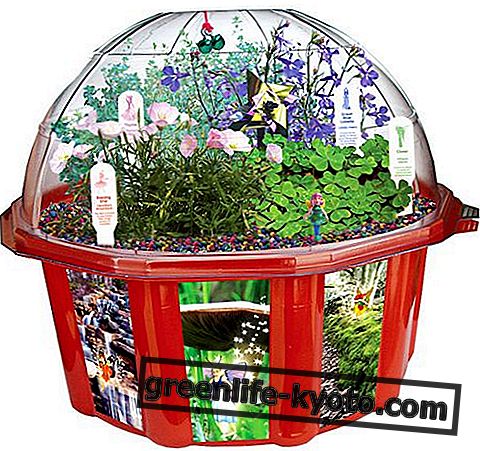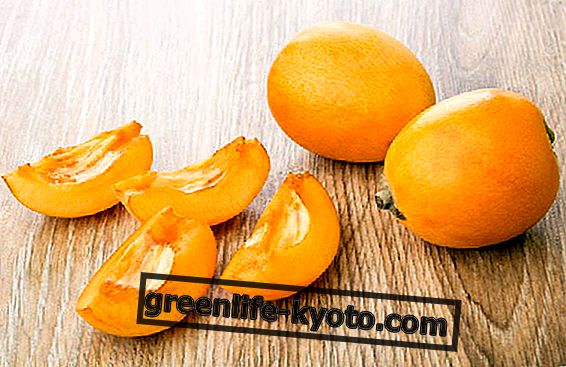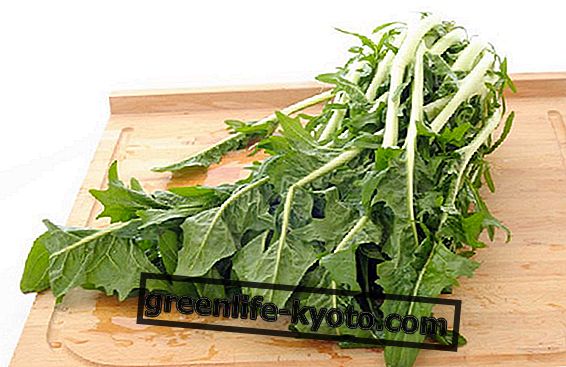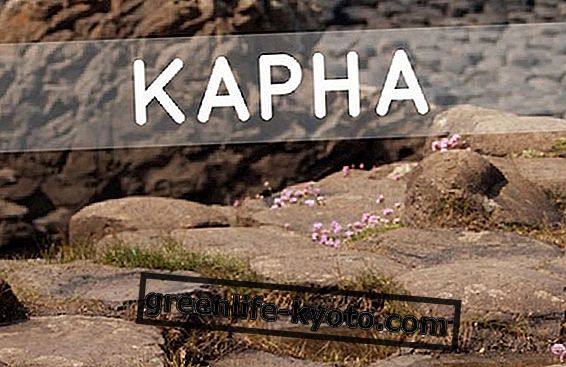Garcinia ( Garcinia cambogia ) is a plant of the Clussiaceae family. From the fat-burning action, it is useful for regulating cholesterol and blood sugar levels. Let's find out better.

Properties of garcinia
The bark of the garcinia fruit contains vitamins, carotenoids, flavonoids, polysaccharides, pectins and hydroxycitric acid (HCA), capable of inhibiting the enzyme ATP citratoliasis, of enormous importance in the metabolism of fats .
Unlike the most common citric acid, abundant in lemons and used by the food industry as a preservative, hydroxycitric acid is extremely rare in nature and if taken it is able to dissolve and eliminate excess fat from the body. Studies have shown that this active ingredient blocks the synthesis of acetylcoenzyme A, an energy substrate used by the body for the synthesis of cholesterol and other lipids.
Its intake therefore allows to reduce the production of cholesterol and triglycerides (up to 27%) starting from sugars, due to its cholesterol-lowering activity. It also has secondary laxative properties, due, not to a direct action on the intestine, but to the action on the liver, in the process of synthesis and disposal of fat.
Furthermore, the body, having at its disposal a large amount of energy deriving from the complete demolition of fats, through the citric acid cycle, does not feel the need to ingest other food and hence the diminishing sense of hunger . Garcinia, avoiding the accumulation of adipose tissue, is recommended in case of obesity due to its slimming property and adjuvant in weight control, in dietary diets.
Method of use
INTERNAL USE:
500-1000 mg per day of dry extract in the form of tablets or capsules in two administrations in mid-morning and mid-afternoon.
Contraindications of garcinia
Garcinia has no contraindication or particular side effect . Despite this, caution is advised in case of pregnancy and lactation, and to consult a doctor before taking it.
Garcinia among natural weight loss supplements: discover others

Description of the plant
Small evergreen woody plant of modest size with flowers are unisexual, sessile and axillary. The leaves are dark green, shiny, elliptical or oval. The fruit can resemble a small yellow pumpkin.
The habitat of garcinia
Native to the forests of south-east Asia and the tropical climate zones of southern India, Indochina, Cambodia and the Philippines and Vietnam.
Background
Garcinia, like many Clusiacee, produces an orange-brown rubber resin once used as a powder pigment. Some oleoresins have been exploited for their physicochemical (insulating, adhesive, protective) or medicinal properties. The peel of the fruit has been used for centuries by Asian populations who considered it the best natural fat burner, due to its ability to inhibit the absorption and accumulation of adipose tissue.













